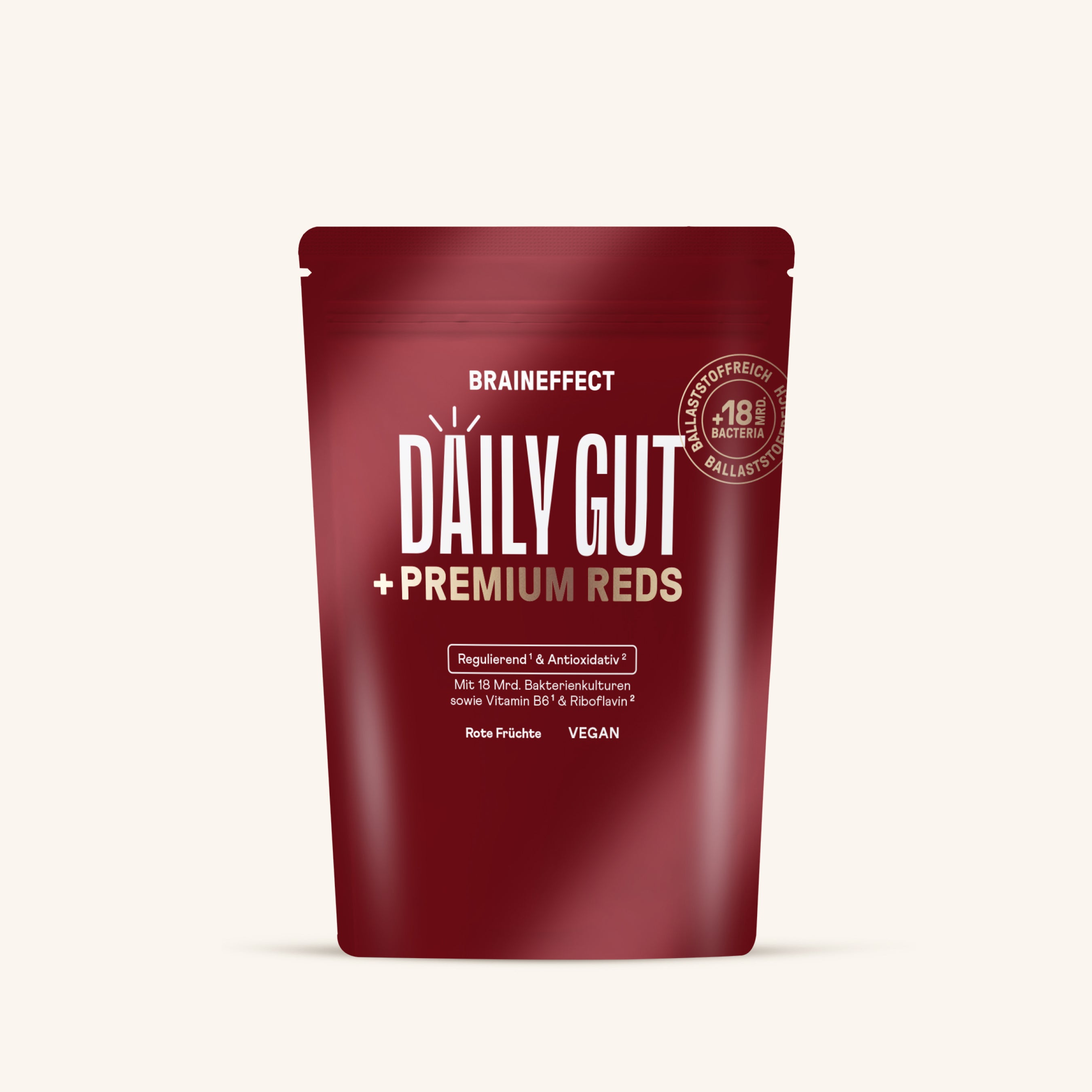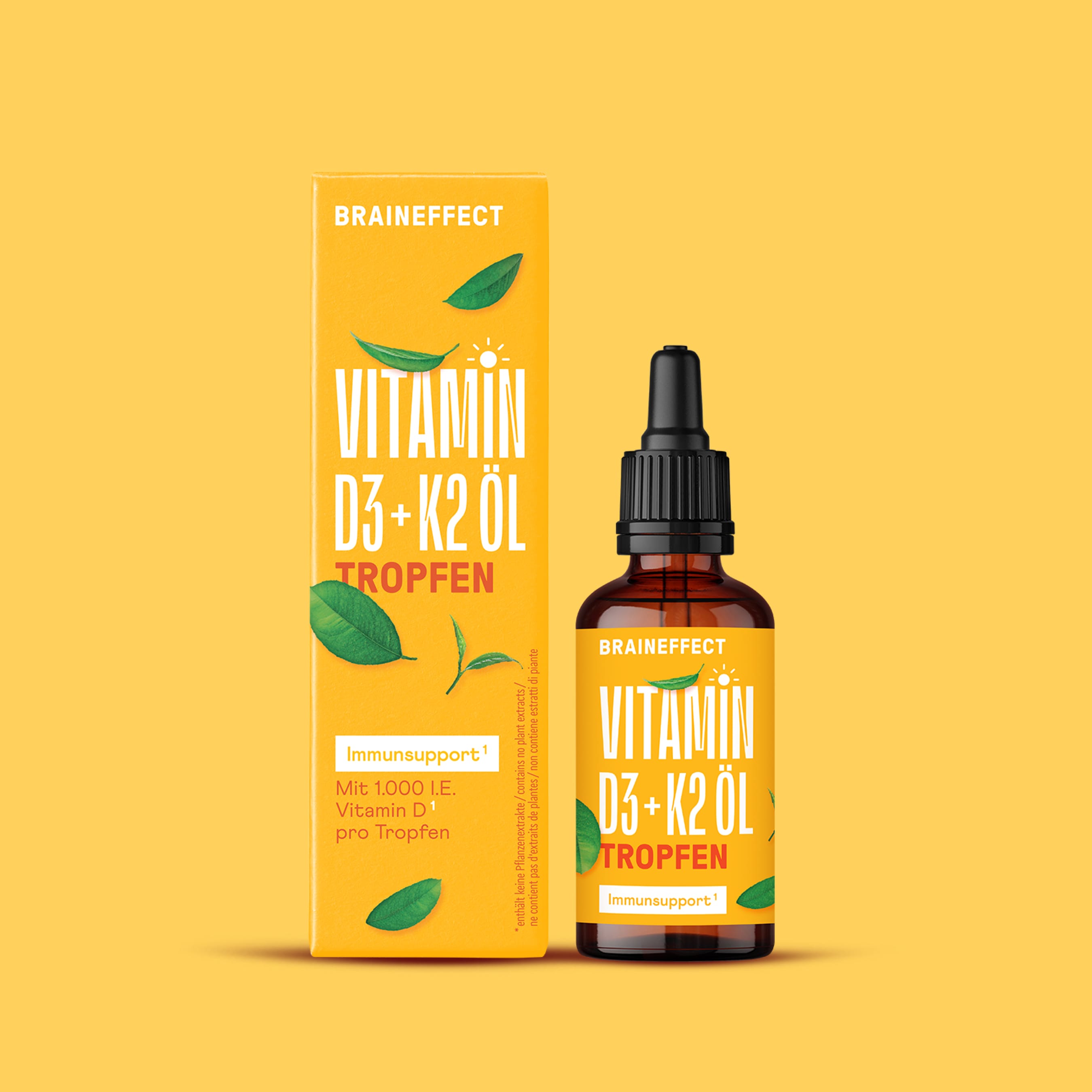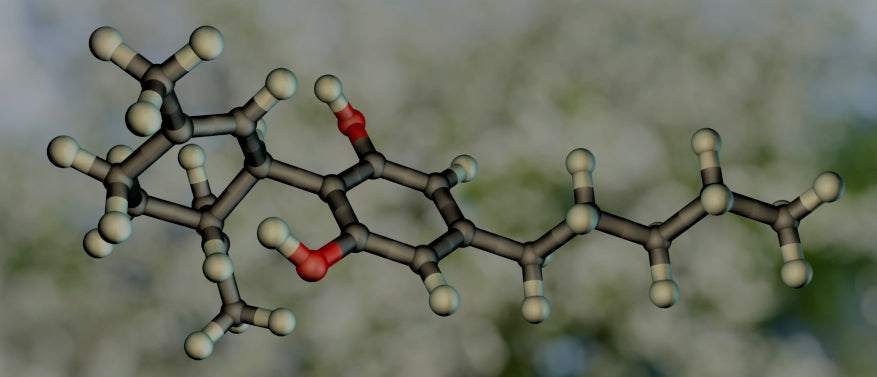CBD products are the new megatrend in the food sector. But why is this ingredient and its effects so popular? To understand how CBD can optimize certain areas of your body, understanding the endocannabinoid system is crucial.
Table of contents
1. What is the endocannabinoid system?
The endocannabinoid system is part of the animal nervous system and is responsible for two important regulatory mechanisms in your body. First, it modulates emotions—i.e., desire, energy, and well-being. Second, it supports your body on the path to recovery from various injuries and medical problems. The complex mechanisms of this system have been the subject of research for years and are far from complete. However, many scientific studies already provide a good understanding of the endocannabinoid system in the human body and the positive role CBD plays in it.
2. What components belong to the endocannabinoid system?
The next two paragraphs will get quite biochemical. If you'd like to learn more about which areas you can optimize with CBD supplements, just click here.
The endocannabinoid system consists of [1]:
1. Two receptors
- CB1
- CB2
2. Two signaling molecules
- AEA
- 2-AG
3. Five different enzymes
- DAGL-alpha
- DAGL-beta
- NAPE
- MAGL
- FAAH

Receptors are located in your tissue and their primary function is to transmit signals from the outside to the inside of your cells. The organ systems in your body have very different types of receptors to ensure that all mechanisms function properly. For example, the endocannabinoid system contains the CB1 and CB2 receptors.
CB1 receptors are primarily found in the brain and play a key role in the release of important neurotransmitters such as dopamine, serotonin, orexin, and histamine. They are also located in nociceptive areas of the central nervous system (in pain regions) and in the spinal cord. CB2 receptors, on the other hand, are found more frequently in the peripheral nervous system, particularly in lymphatic and immune tissue [2]. This provides initial clues as to the areas in which the endocannabinoid system exerts its effects.
For a receptor to perform its functions and transmit information to the target cell, it requires so-called ligands, i.e., endocannabinoid signaling molecules . The signaling molecules listed in the overview activate both endocannabinoid receptors as needed. When CB1 receptors are activated, a feeling of pain relief [3], well-being, and stress reduction is triggered [4]. When CB2 is activated, minor or major inflammatory processes (inflammation) are alleviated [5].
3. The mechanism of action of the endocannabinoid system: The key-lock principle
You can imagine the activation of the endocannabinoid system like a lock-and-key principle : If, for example, a minor inflammation occurs in your body, the corresponding signaling molecules are released. They act as a key and dock onto the lock—in this case, the corresponding CB2 receptor. This means that not every substance can activate every receptor. The key must always fit the lock. As in this example, the signaling molecule fits the CB2 receptor, which then transmits the information to the cell. This leads to an increased production of CB2 receptors, which subsequently trigger mechanisms responsible for alleviating the inflammation. This lock-and-key principle also applies, of course, to the CB1 receptor with its corresponding ligands or signaling molecules.
The enzymes in the endocannabinoid system support its functioning and ensure that the signaling molecules are released and disposed of after their work is done.
This is precisely where the diverse effect of the endocannabinoid system lies, since its receptors and ligands are involved in many other control and reaction mechanisms, some of which remain unexplored.
4. What role does CBD play in the endocannabinoid system?
In the last section, you read about the role signaling molecules play on the receptors. Without them, the endocannabinoid system wouldn't be activated at all. Your body also produces some of these signaling molecules itself. CBD (cannabidiol) from the hemp plant also acts as such a signaling molecule due to its chemical structure, which fits the CB1 and CB2 receptors.
This means that if your body contains CBD, it docks like a key onto the CB1 and CB2 receptors, which are then activated [6]. This triggers the entire endocannabinoid system, allowing it to work where it's needed.
5. What are the effects on the human body?
Activation of the endocannabinoid system triggers very different processes in different areas of the body, as the receptors are located in so many different locations. CBD, in conjunction with the ECS, can be very useful for post-exercise recovery, as it is involved in alleviating minor inflammatory processes and in pain regulation.
Cannabis in sports: CBD megatrend
The endocannabinoid system with CBD is also interesting in terms of improving sleep. You're probably familiar with this: Sometimes you feel restless, tense, or still on edge before bedtime because you exercised late at night. CBD oil may be of interest to you in this case. CBD doesn't directly affect falling asleep or staying asleep, but rather affects the control mechanisms of your emotions, such as inner tension, restlessness, and anxiety, significantly alleviating them. This makes it easier to fall asleep and thus leads to a better night's sleep.
Conclusion
The endocannabinoid system is complex. Many of its mechanisms of action have already been researched, such as its involvement in pain regulation, the immune system, and emotional functioning. Other processes are currently being tested in medical studies. CBD is particularly interesting and plays a central role as a signaling molecule. It therefore offers many positive benefits when it comes to optimizing certain areas of your body.
Why not try it out for yourself and check out the different CBD delivery methods available on the market here.
ALL CBD DELIVERY FORMS AT A GLANCE.
Success begins in the mind. Would you like to tailor your diet to your individual mental performance and receive personalized product recommendations? Would you like to learn from trained coaches how to increase your performance to meet your challenges? Then start our free Performance Coach now.
Start Performance Coach now for free
Studies
[1] Lu H.-C, Mackie K ( 2015) Indiana University, Bloomington, USA. Biological Psychiatry. An introduction to the endogenous cannabinoid system. [ https://www.ncbi.nlm.nih.gov/pmc/articles/PMC4789136/ ]
[2] Mackie K ( 2008) Indiana University, Bloomington, USA. Journal of Neuroendocrinology. Cannabinoid receptors: where they are and what they do. [ https://www.ncbi.nlm.nih.gov/pubmed/18426493 ]
[3] Guindon J, Hohmann A. G ( 2010) University of Georgia, USA. CNS & Neurological Disorders - Drug Targets. The Endocannabinoid System and Pain. [https://www.ncbi.nlm.nih.gov/pmc/articles/PMC2834283/]
[4] Hill M. N , P atel S (2010) The Rockefeller University, New York, USA. Journal of Neuroscience. Functional Interactions between Stress and the Endocannabinoid System: From Synaptic Signaling to Behavioral Output. [ https://www.ncbi.nlm.nih.gov/pmc/articles/PMC3073528/ ]
[5] Oláh A , Tóth BI , Borbíró I , Sugawara K , Szöllõsi AG , Czifra G , Pál B , Ambrus L , Kloepper J , Camera E , Ludovici M , Picardo M , Voets T , Zouboulis CC , Paus R , Bíró T (2014) University of Debrecen. Hungary. Journal of Clinical Investigation. Cannabidiol exerts sebostatic and antiinflammatory effects on human sebocytes. [ https://www.ncbi.nlm.nih.gov/pubmed/25061872 ]
[6] Zou S, Kumar U (2018) The University of British Columbia, Vancouver, Canada. International Journal of Molecular Sciences. Cannabinoid Receptors and the Endocannabinoid System: Signaling and Function in the Central Nervous System. [ https://www.ncbi.nlm.nih.gov/pmc/articles/PMC5877694/ ]















